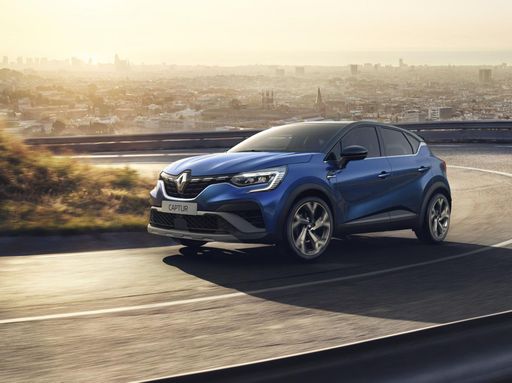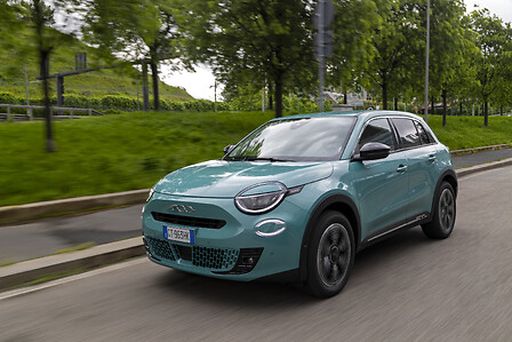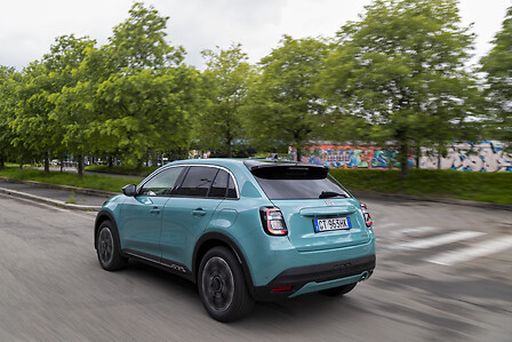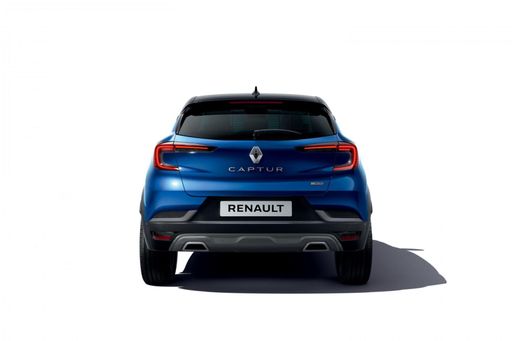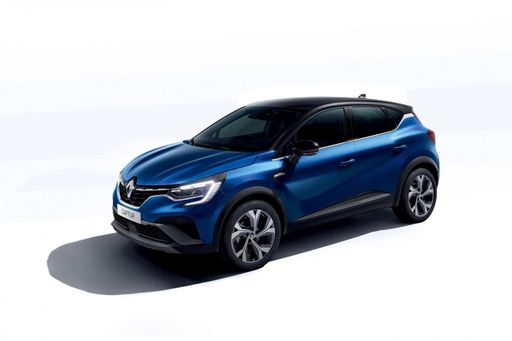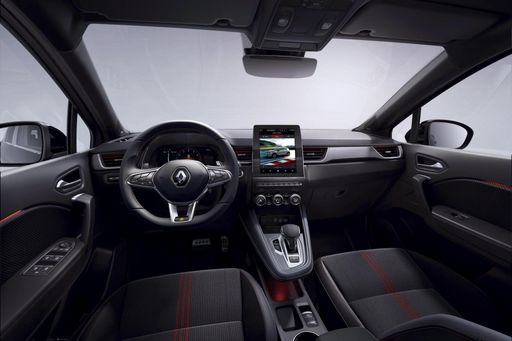Engine Options and Performance
The Fiat 600 offers an intriguing balance of powertrain configurations, available in both petrol mild hybrid (MHEV) and electric variants. The petrol powertrain delivers up to 156 horsepower, capitalizing on a 1.2-liter, three-cylinder engine that offers a respectable torque range between 205 and 260 Nm. Acceleration is smooth, taking drivers from 0 to 100 km/h in just 8.5 to 10.5 seconds, depending on the variant. Those opting for electric can enjoy a 409-kilometer range, making it an attractive choice for eco-conscious drivers.
On the flip side, the Renault Captur presents a selection of engines, including full hybrid, petrol MHEV, LPG, and standard petrol variants, staggering up to 158 horsepower. This model relies mostly on a 1.6-liter engine, with torque maxing out at 270 Nm. Acceleration hits a sweet spot with competitive speeds from 0 to 100 km/h in 8.5 to 14.3 seconds, depending on the engine choice. Its range of engines allows a tailored driving experience with diverse fuel consumption patterns.

